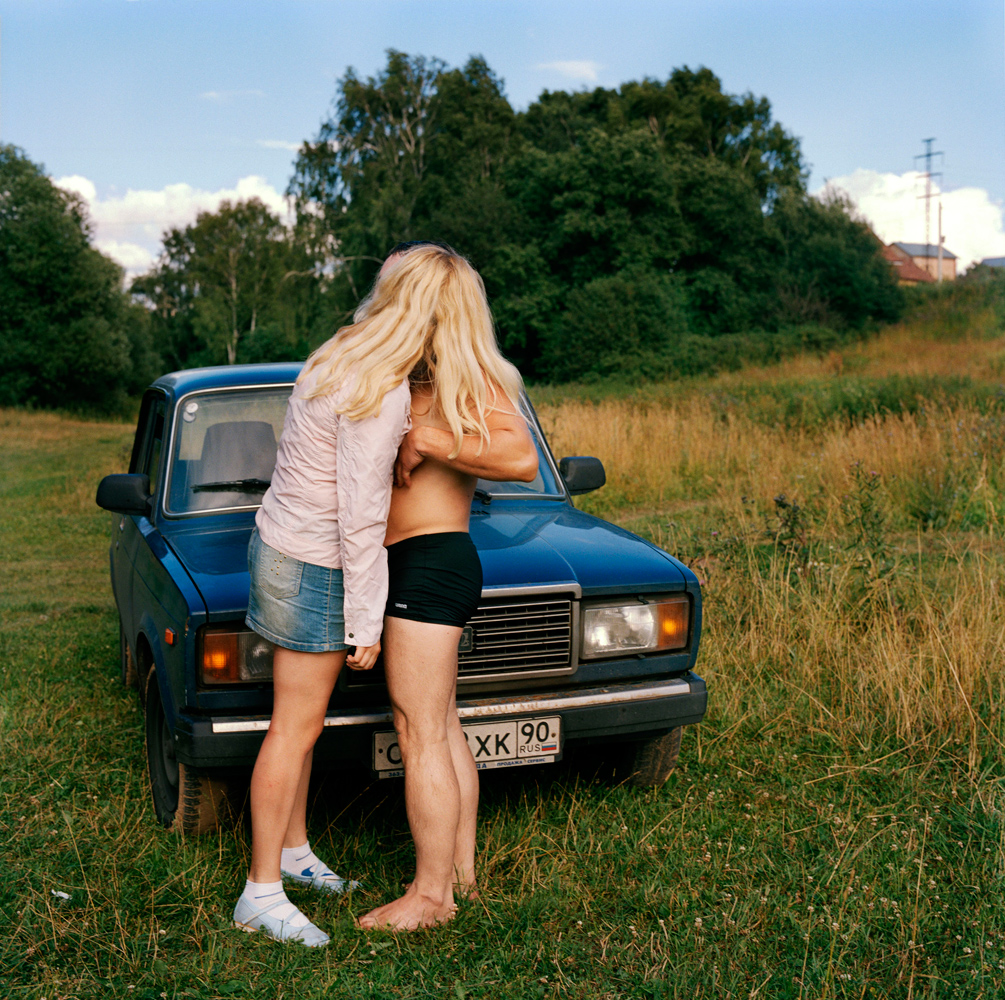
After the deadly intensity of the AIDS epidemic that ravaged the young generations of the 1980’s and early 1990’s comes a time of transition where AIDS has slipped from the front pages of the news and our consciousness. Yet for many, AIDS and HIV is still very real and part of their everyday existence. Dutch photographer Ilse Frech began “Nika. Russia LOVE” in 2005 to explore the life of a young woman affected by the disease along with all the complications of becoming an adult.
Nika is not a traditional photo documentary project. It’s more of a contemplation of a young woman’s life or a lucid conversion about mortality. The photos lead you through the photographer’s personal impressions of trying to understand her subject and herself. Ilse Frech says, “My interests always had been focused on finding stories taken from daily life, where people play an important role and find themselves in often marginal situations of society.” After working in Russia on a story about HIV-positive orphans for a Dutch newspaper, she began to want to work with young adults who were also positive for the disease. In 2005, she returned to Russia and contacted a group called ‘COPLHA’ – ‘Community of People Living with Aids’ which helped young people through drug rehab and adjusting to life with the disease. “I realized that being HIV forced a person into isolation,” the photographer said.
Eventually a contact at the organization introduced her to Nika. “They said she’s 25, stubborn, pigheaded even,” Frech recalls. “No need to be afraid of her strong character, I think she will love your project, and I think it will be exactly what she would like to participate in.” The introduction lead to three years of intense collaboration and a relationship that continues. “I guess our encounter is what one calls destiny,” Frech says. “In this metropolis, where millions of people pass each other on a daily basis, on their way to work or to wherever it is they’re heading to, this young woman was presented to me and became very important for the years to come.”
When Frech asked Nika how she contracted HIV, “she had told me that she got it from someone else, which is obvious, but she couldn’t recall how it had happened—either through a needle or sex.” Nika said, “ I never used condoms and when I found out, I never even heard of HIV. They told me I would die within two years time. All I did was cry as soon as I thought of the idea of dying. On the other hand it gave me all the more reason to just continue my self-destructive life-style. So I kept on using drugs, sharing needles, having sex without any sort of protection, for I was so afraid, I couldn’t talk about it or even accept it.” Nika eventually joined a rehab program and slowly began to rebuild her life.
With such an open subject, Frech fully immersed herself into the young woman’s life and began recording her most intimate relationships with friends and lovers. In the beginning, Frech says, “she gave the impression she received photographers on a daily basis in her apartment. And actually, this attitude never changed.”
Nika’s story of self discovery is complicated and she provides full disclosure to the photographer. When describing the time when she first knew she was HIV-positive, Nika told Frech, loving a young man at that time—with whom she lived together—she didn’t dare to tell him she found out she was HIV positive. “Meaning that she was conscious of passing it to him, but being afraid of losing him or being left on her own, she couldn’t find the courage to either tell him or to stop the relationship,” Frech says. “She’s come to peace with it now, and is convinced of living a miracle since she almost died, while doing drugs, on two occasions.”
During this time the photographer had her own moment of tragedy. Her brother committed suicide, and in that time, she had a realization about the project. “As much as I wanted to portray young Russian adults with HIV and AIDS in their intimate environment, showing their struggles, in life, love, and sadness, the project reflected my own struggle,” Frech says. “I made endless amounts of photographs—working non-stop to show these young adults who had overcome their own struggle.” Frech felt she needed to find the answer to the question, ‘How come someone doesn’t want to live anymore?’ which was parallel to finding the answer to ‘What makes someone actually say yes to life?’ As Nika shared her own stories, their bond grew and the relationship between documentarian and subject became ambiguous and more personal.
“Between Nika and myself there were no professional boundaries because of our intimate relationship and a mutual deep understanding of each others history,” Frech says. “We were fond of each other, as we had shared so many intense days and nights together, talking, laughing, crying, traveling, that she became precious to me and I felt a deep respect for her. She made me understand that life was not only about the fear of loosing someone, but she showed me the very opposite—that you can find the inner-strength to endure whatever is thrown upon your path.”
In 2007, Nika confessed to Frech on several occasions that because she chose to photograph her and to talk and listen to her, over many other people to choose from, it had made her feel special. Frech says, “It was as if I threw her a mirror and through that mirror she got to appreciate herself more and more. As if she was able to look at herself from a distance, she then started to accept that she was a special person and because of her own acknowledgement she then could love herself.”
In one of their last conversations during the making of the project in September 2007, Frech recorded a video while sitting in a cab as the two were saying goodbye. She says, “It was strange for the both of us, since we had become so close. Her last words addressed to the world, looking into the lens were, ‘I don’t know who Nika is really. Nika is someone who discovers who she is, day by day. So, I still have to see what will become of me. And then for now, goodbye!’”
Frech says, “In its essence, my work is about the personal stories of people where wanting ‘to be loved and to love’ prevents us from being devoured by illness, or emotions that steer us towards self-destruction.”
Nika stopped using drugs nine years ago and still lives in Moscow. She’s doing well and taking it day by day. In one very moving part towards the end of Frech’s film on Nika, she looks at the camera with confidence and says, “I am Nika and I am HIV positive.”
Ilse Frech was chosen this year to participate in the PhotoStories Masterclass in Groningen, The Netherlands, to finish the video portion of Nika. The final work was recently shown at Norderlict 2011. You can see the final video and more of Frech’s work here. She eventually hopes to finish the project in a book this year.
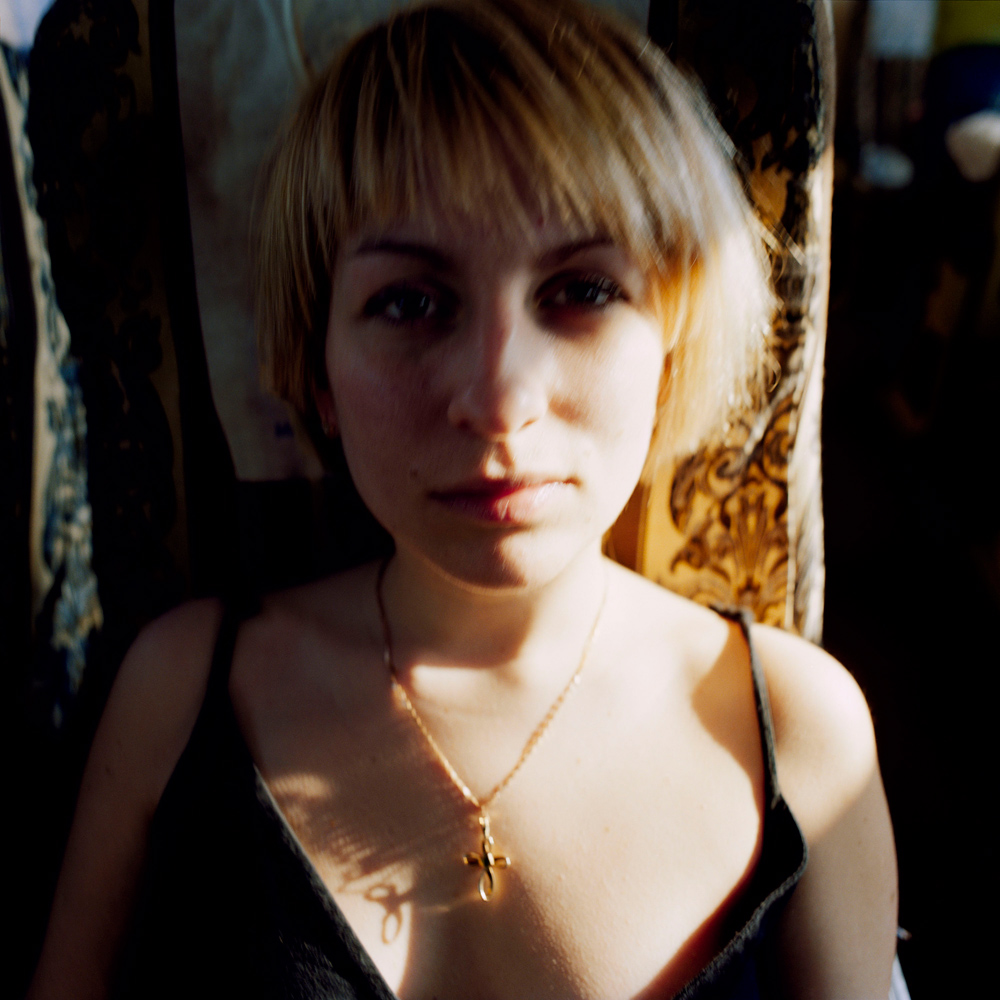
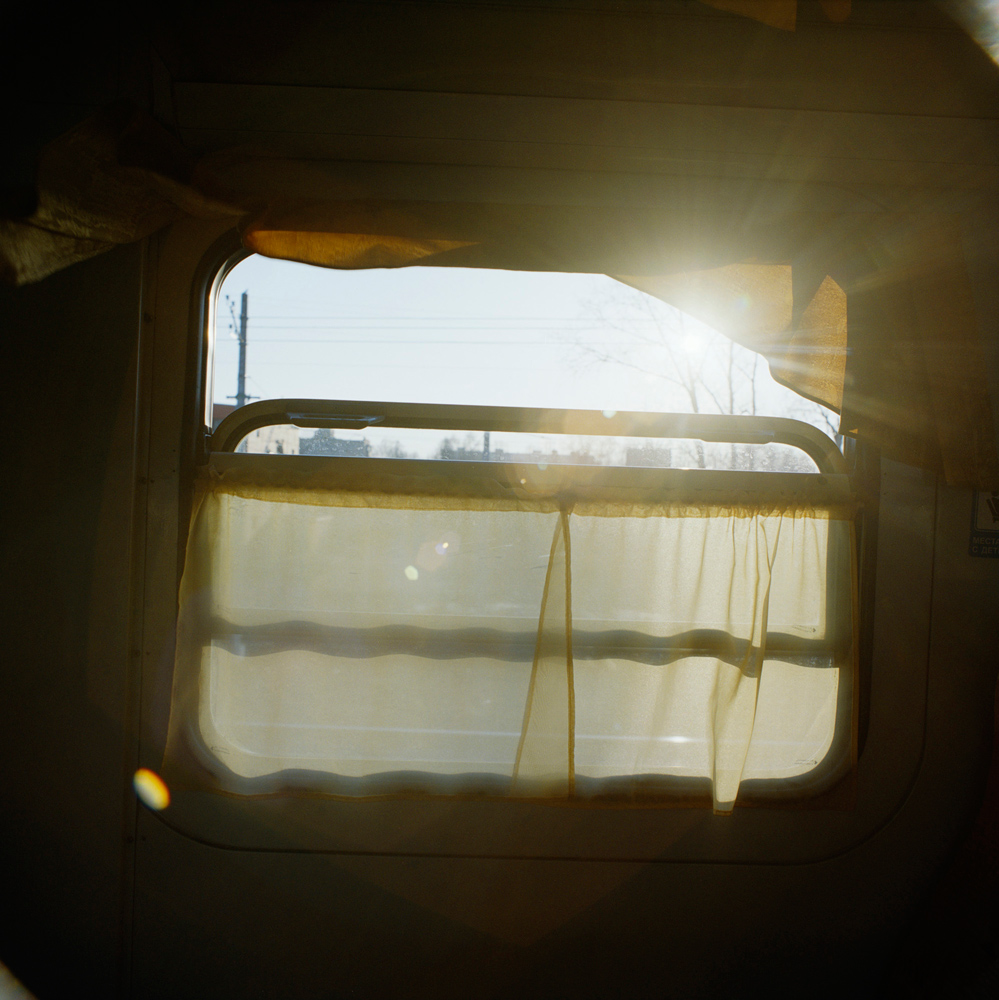
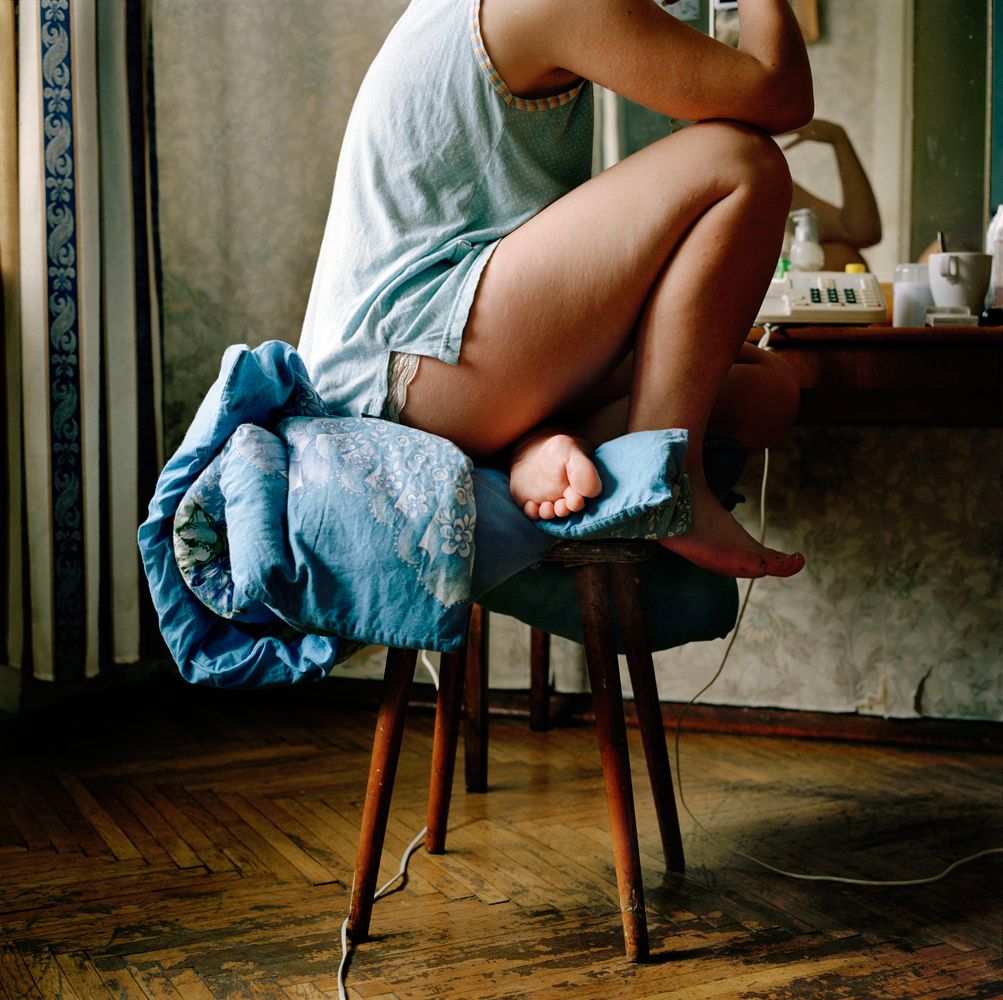
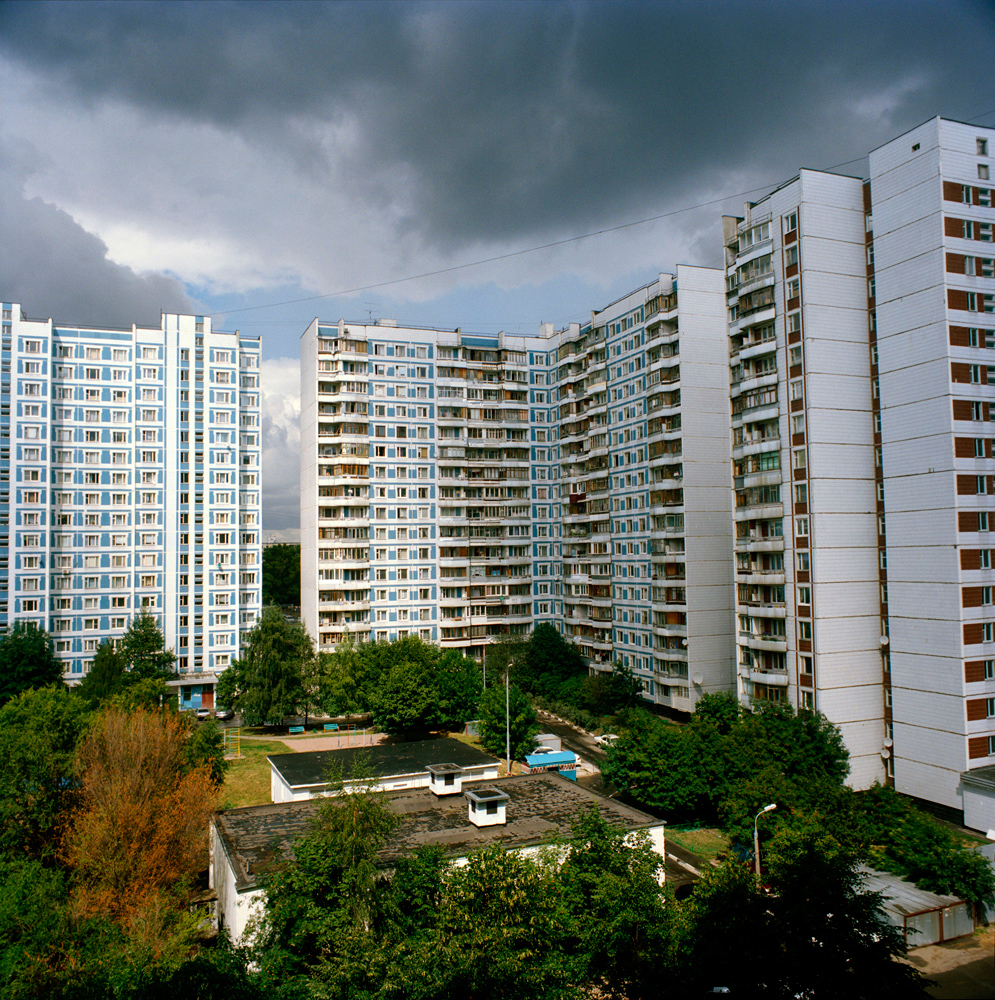
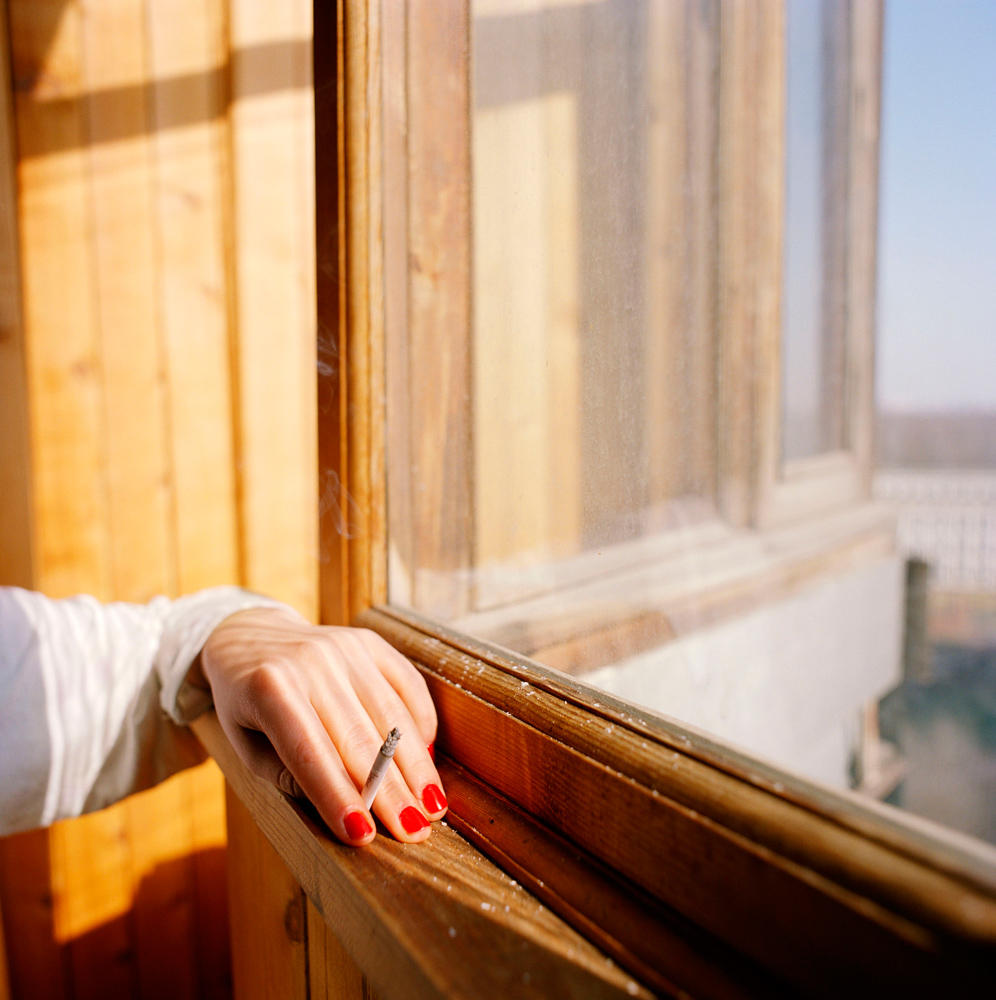
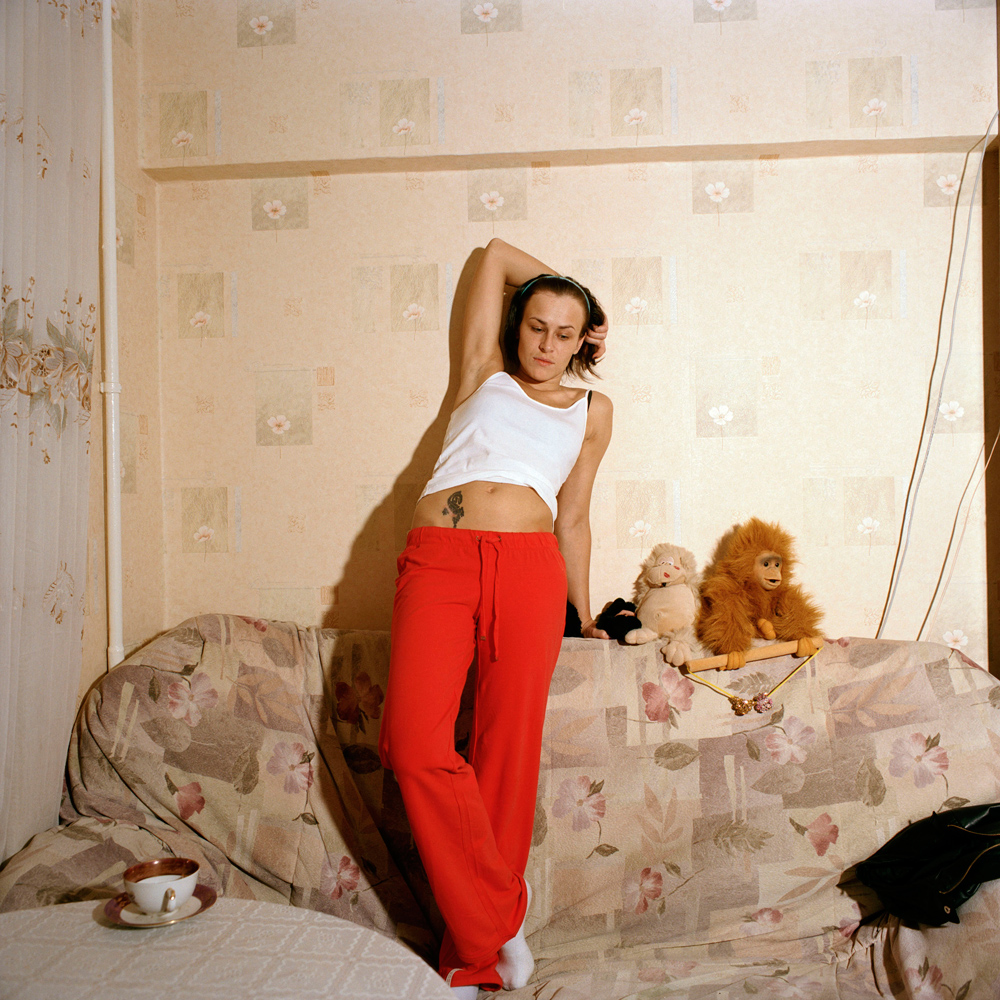

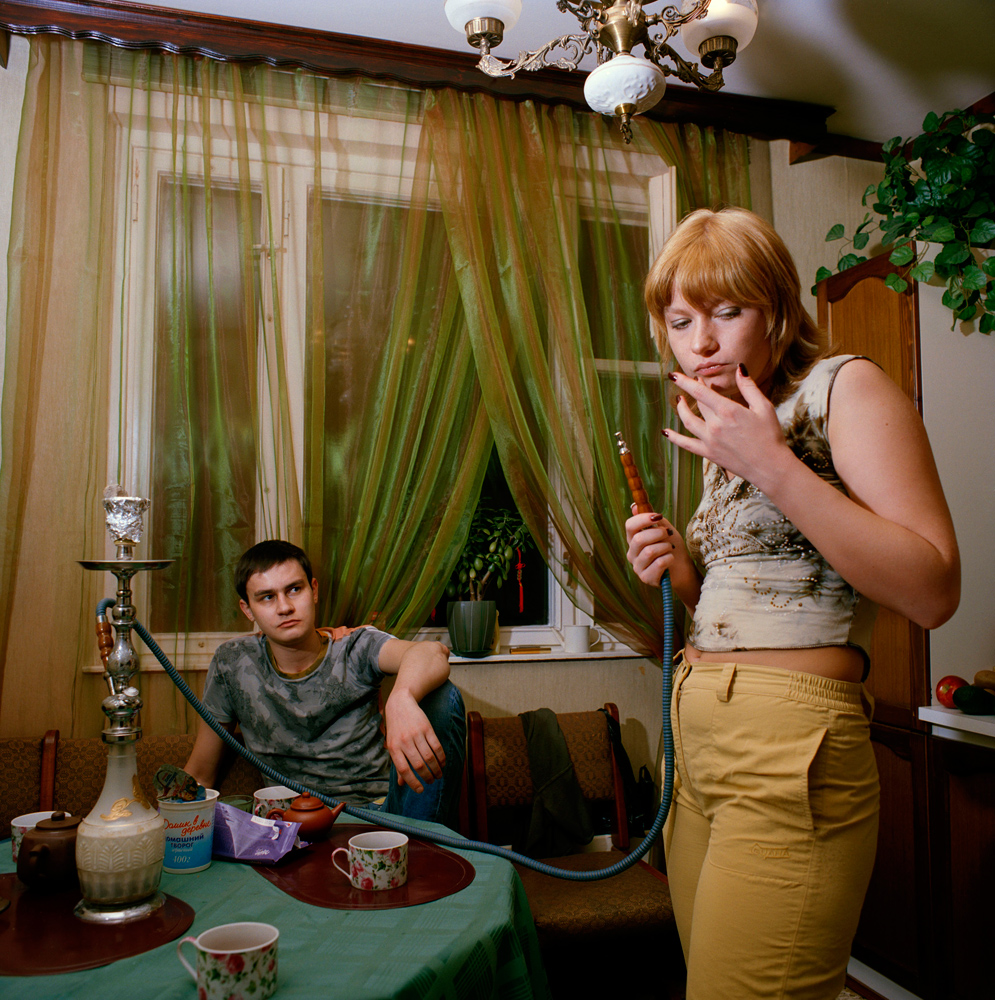
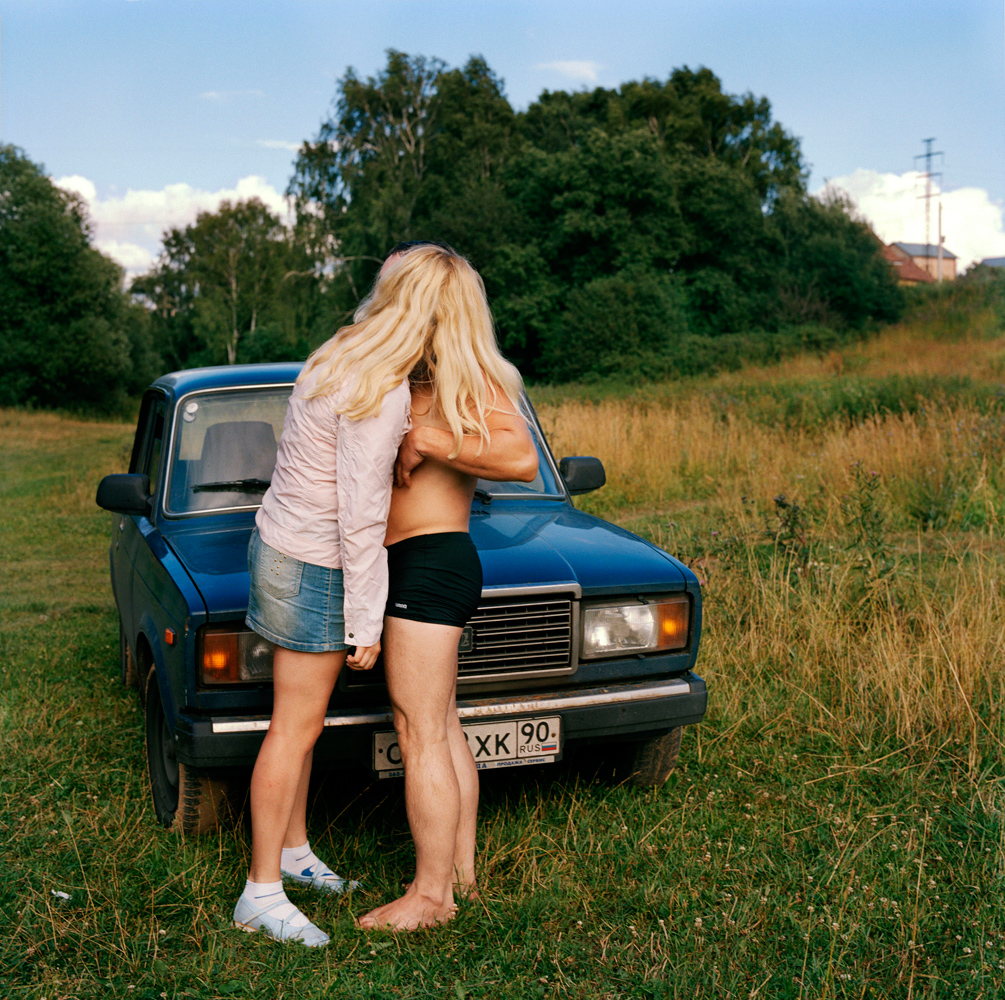

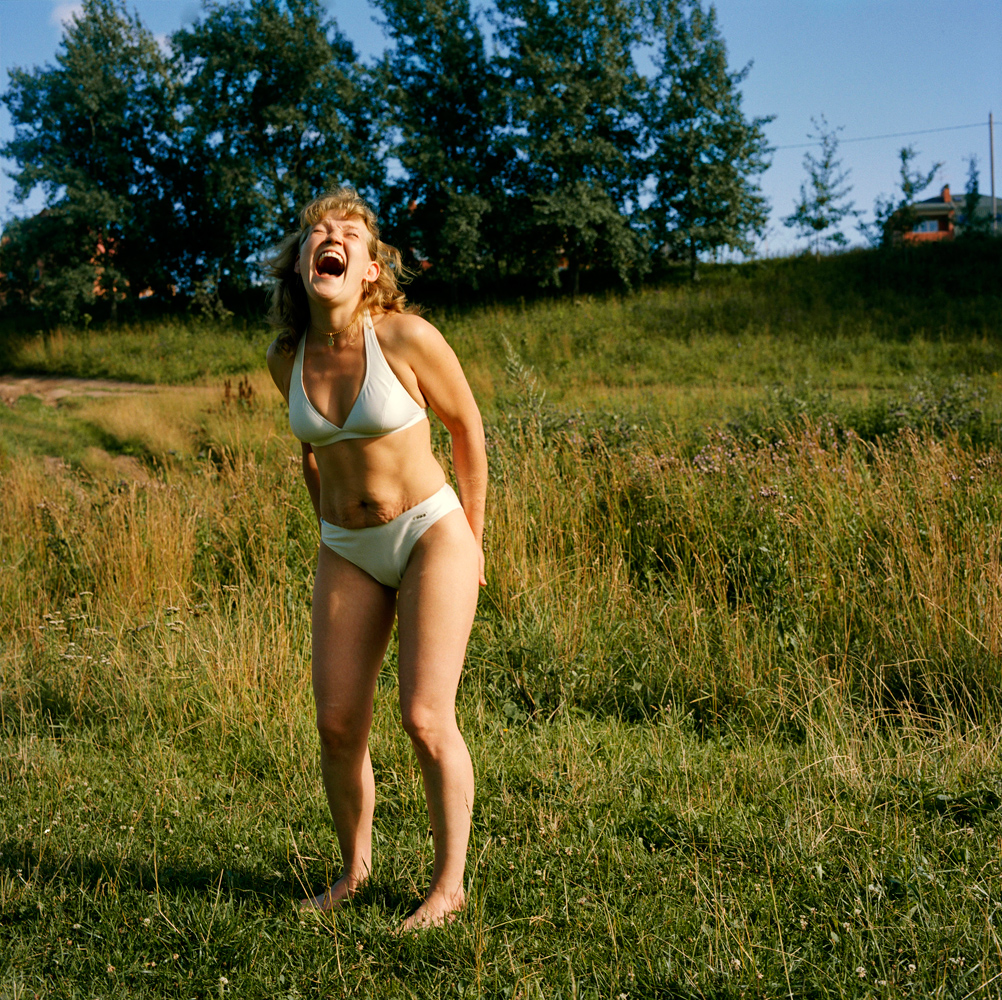

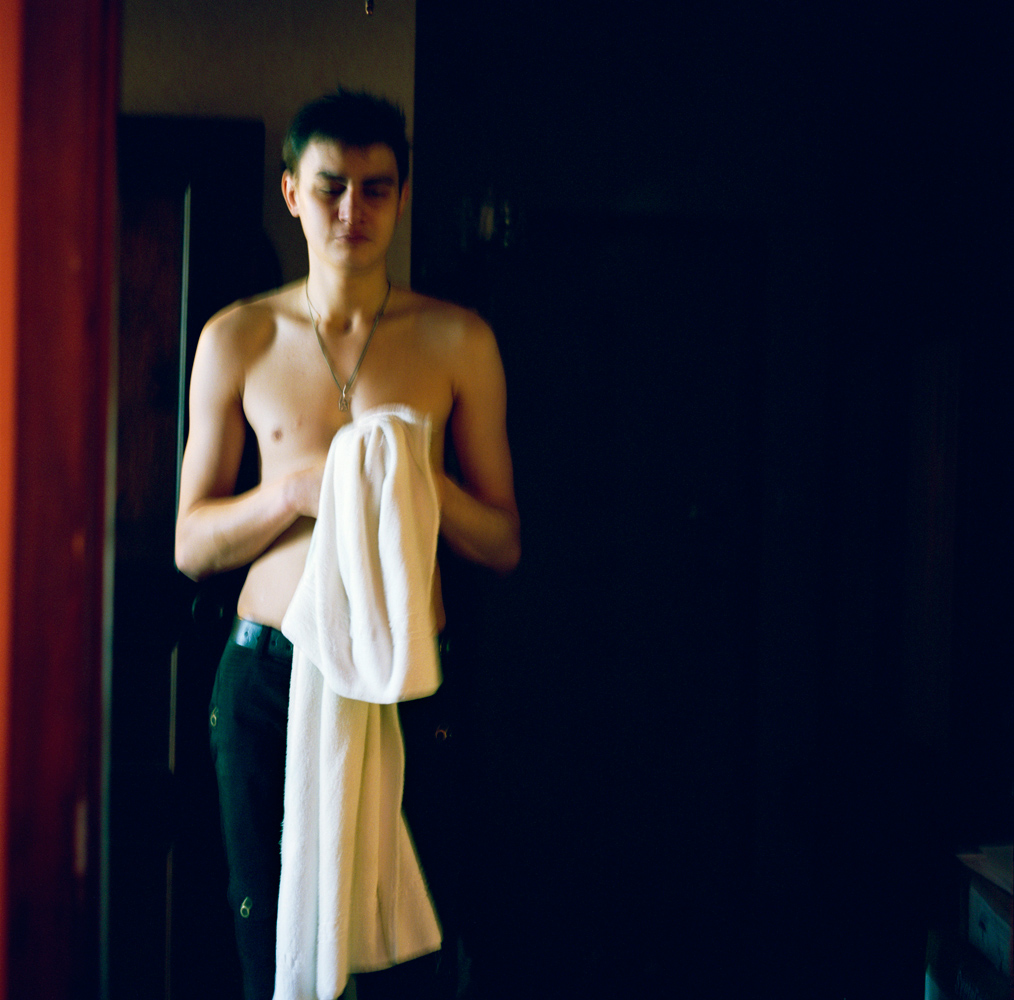

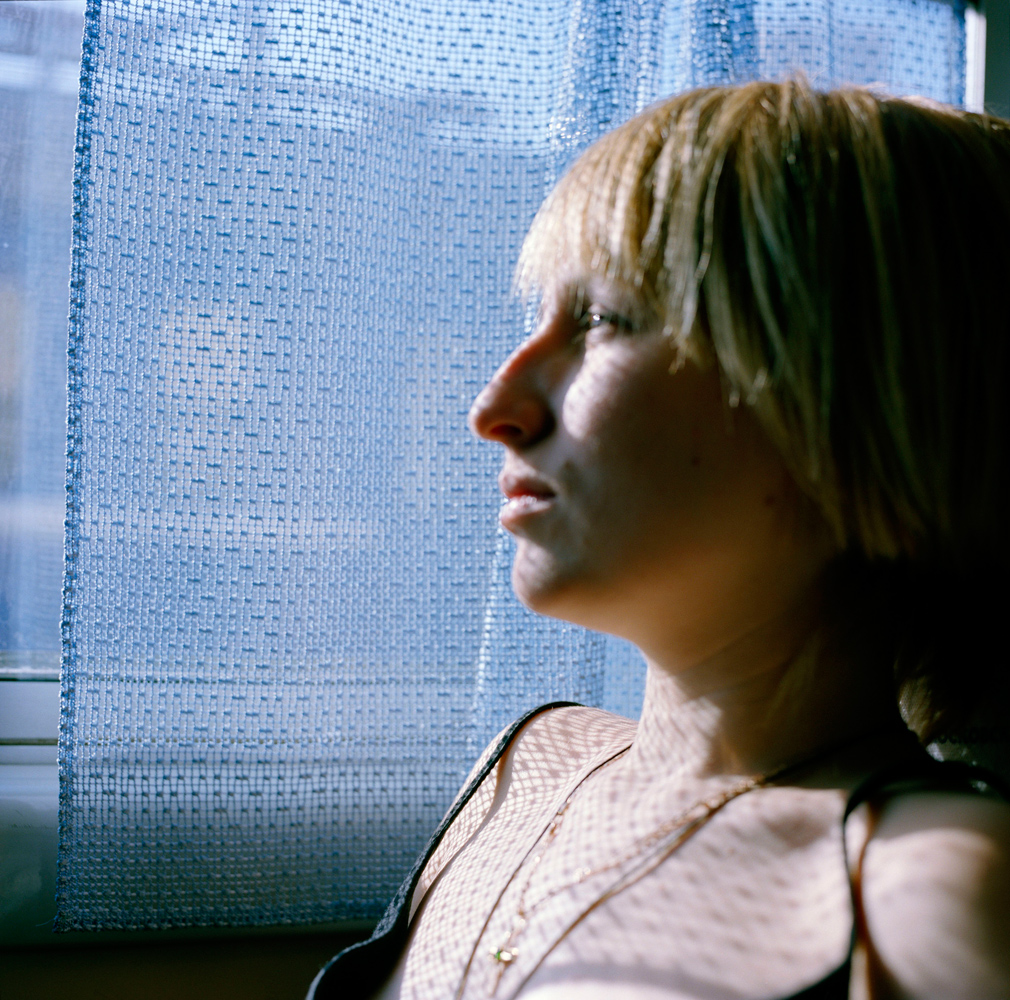

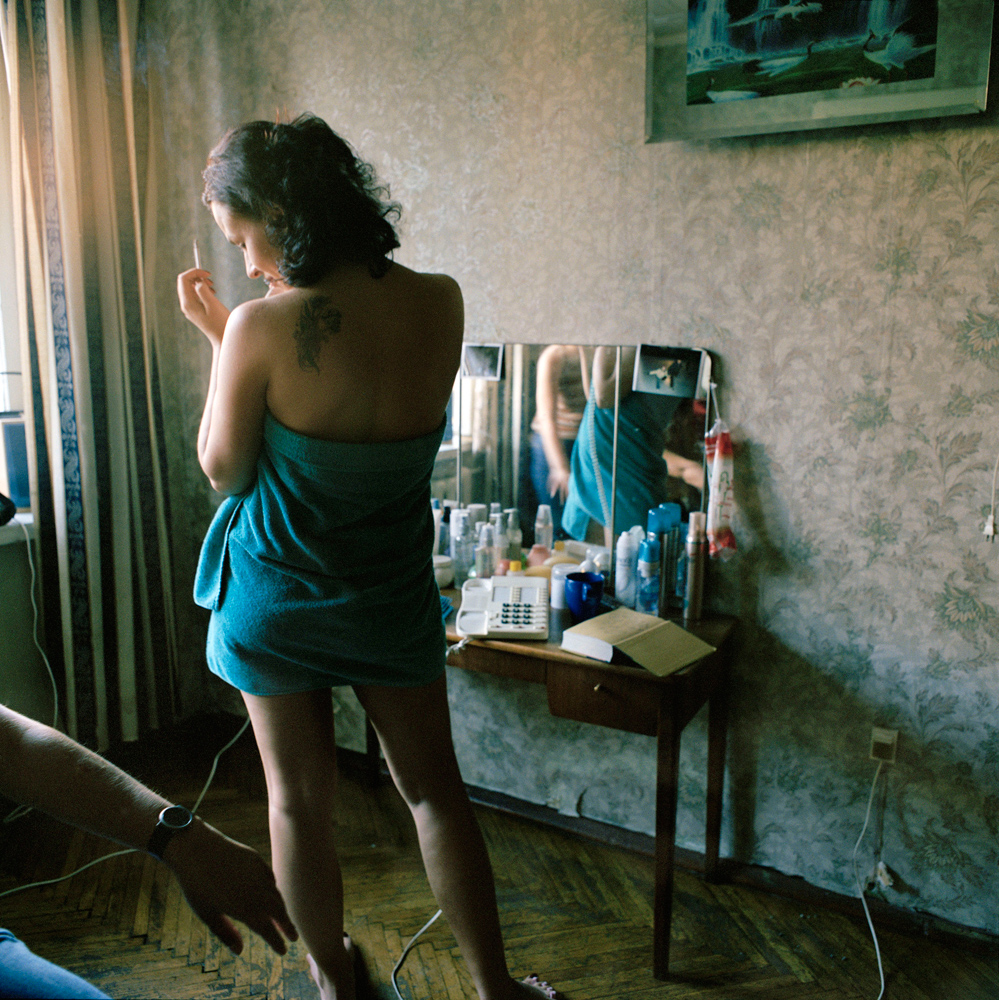

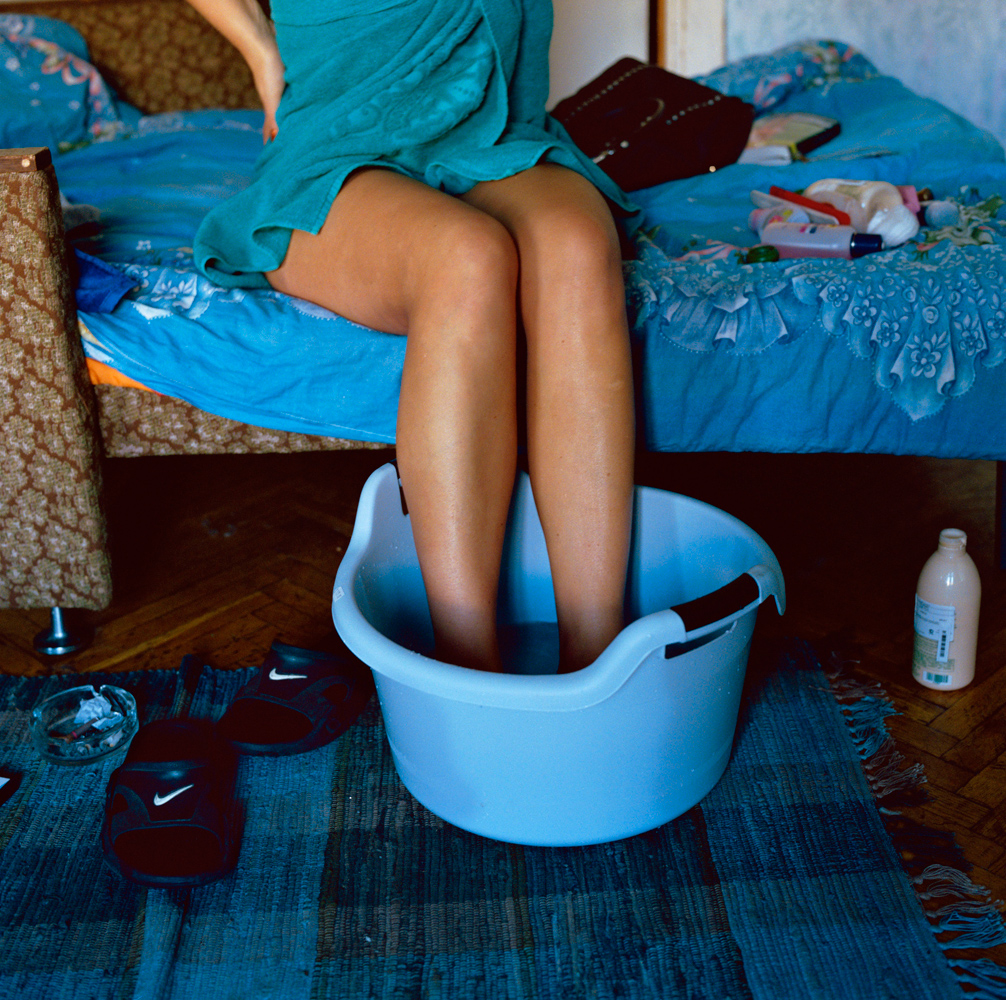


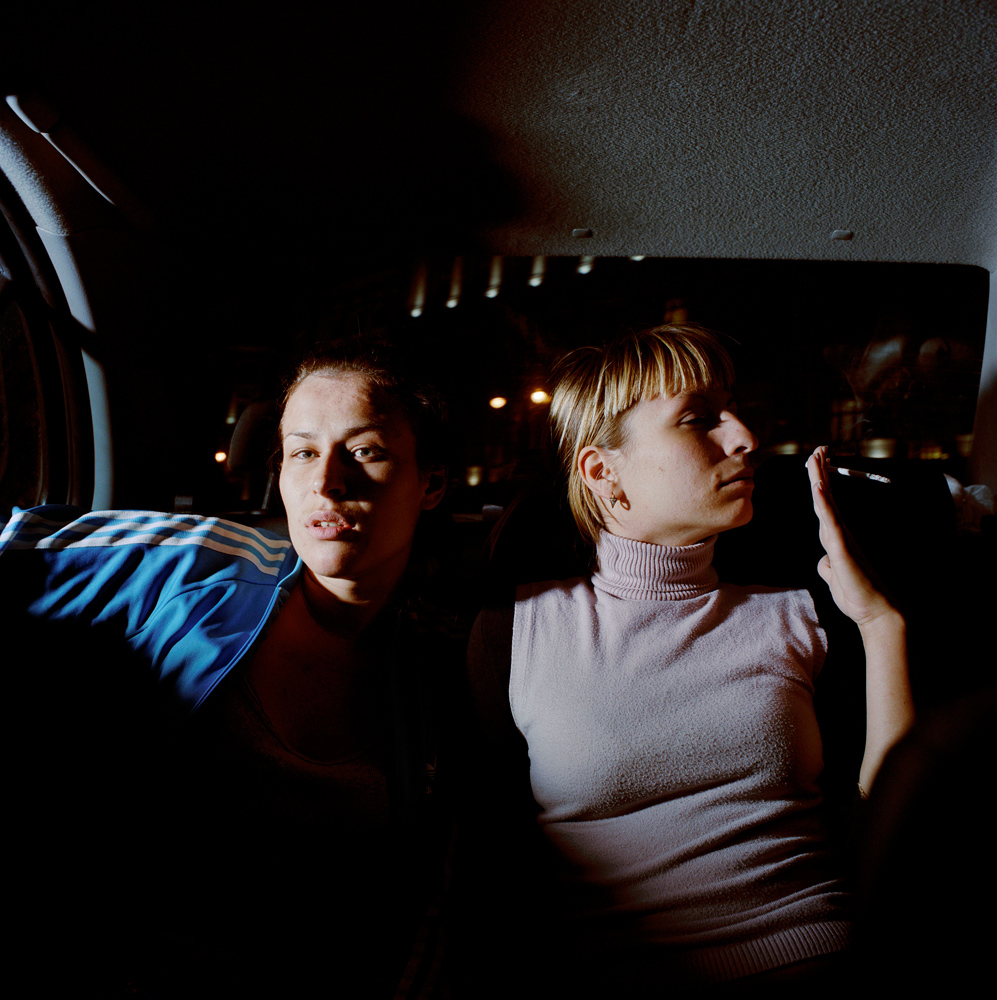
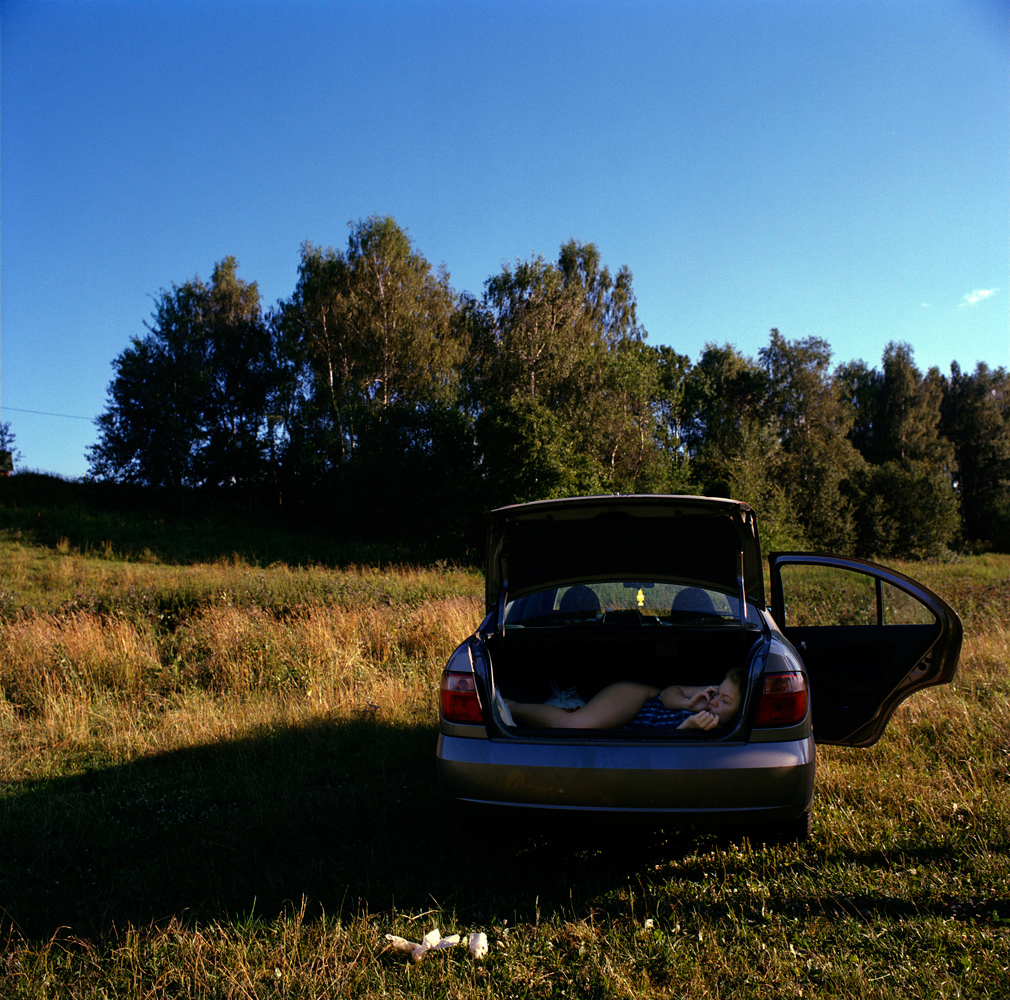
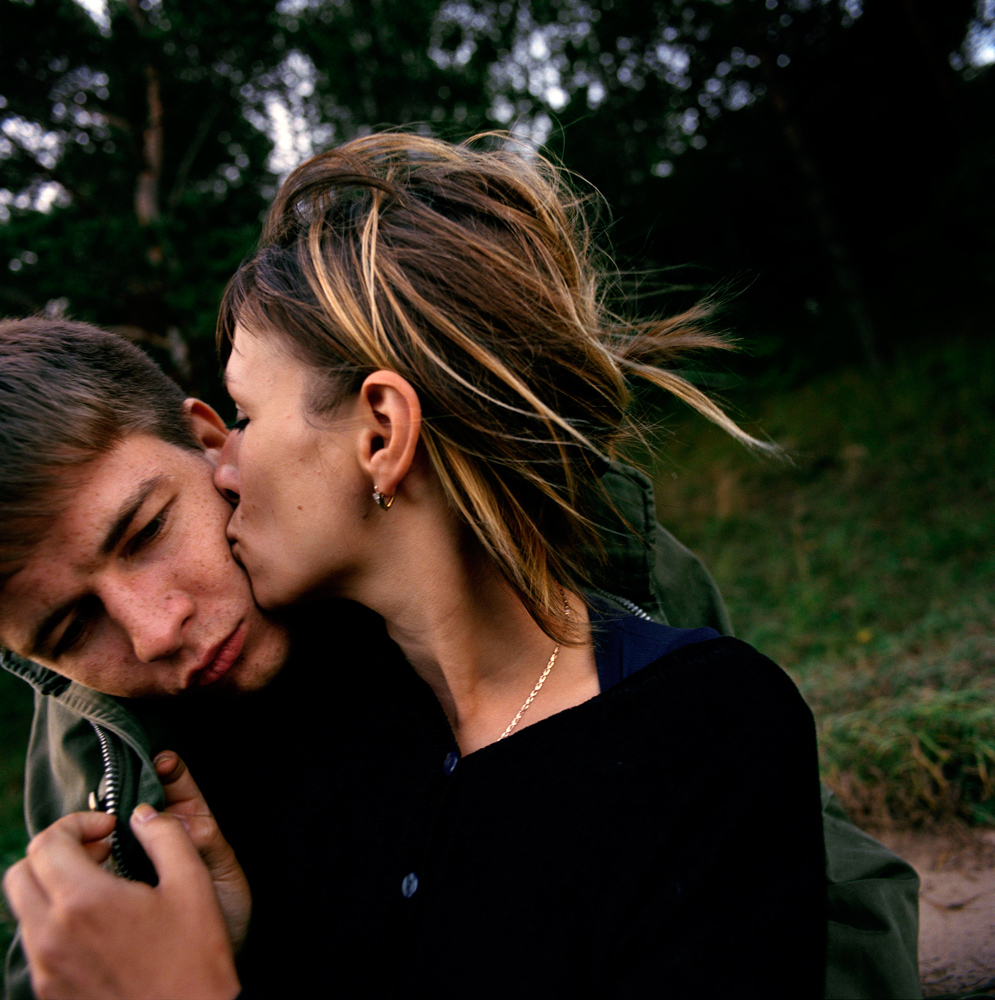
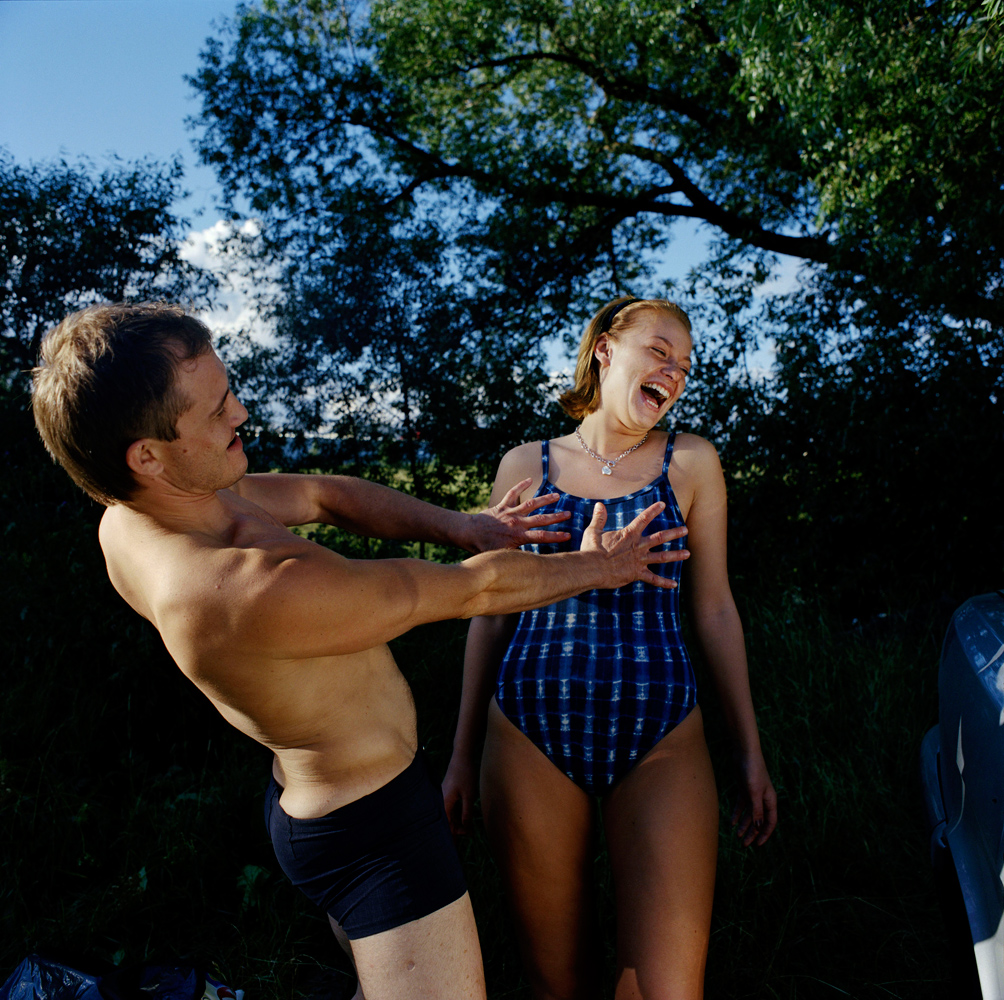
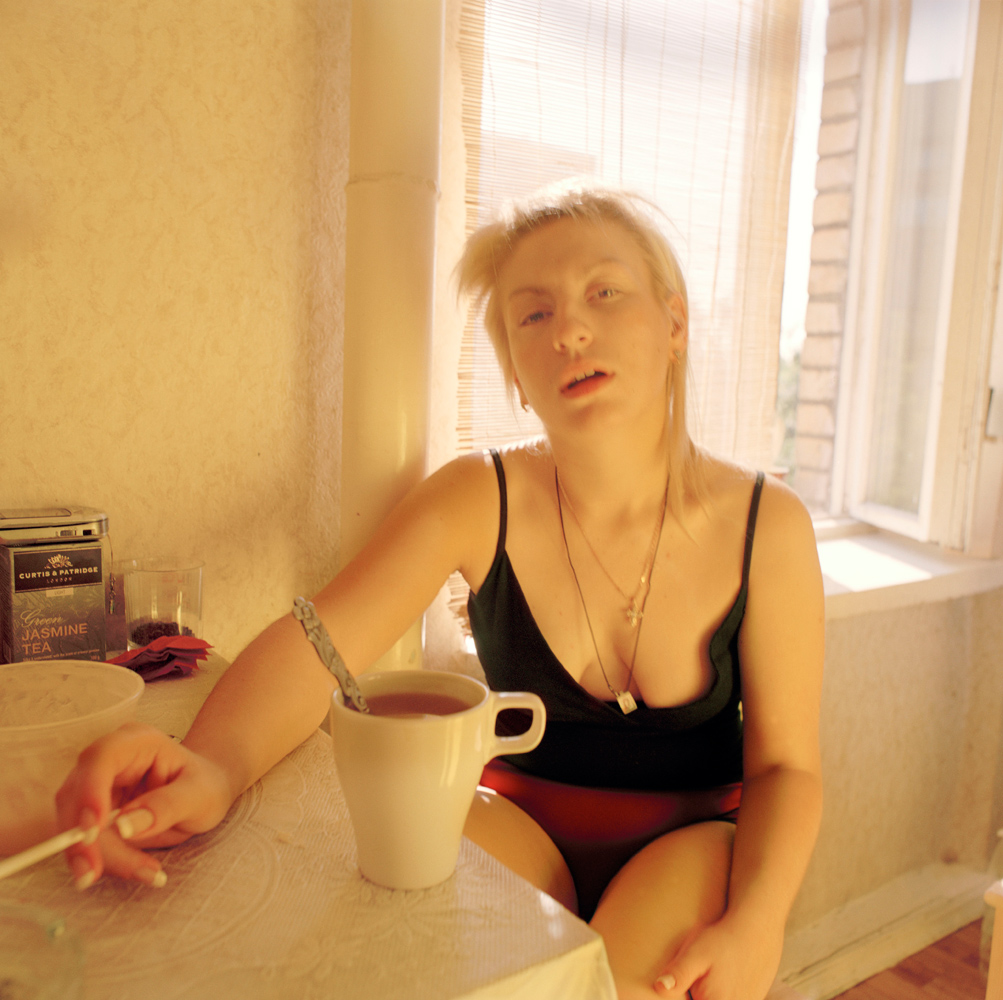
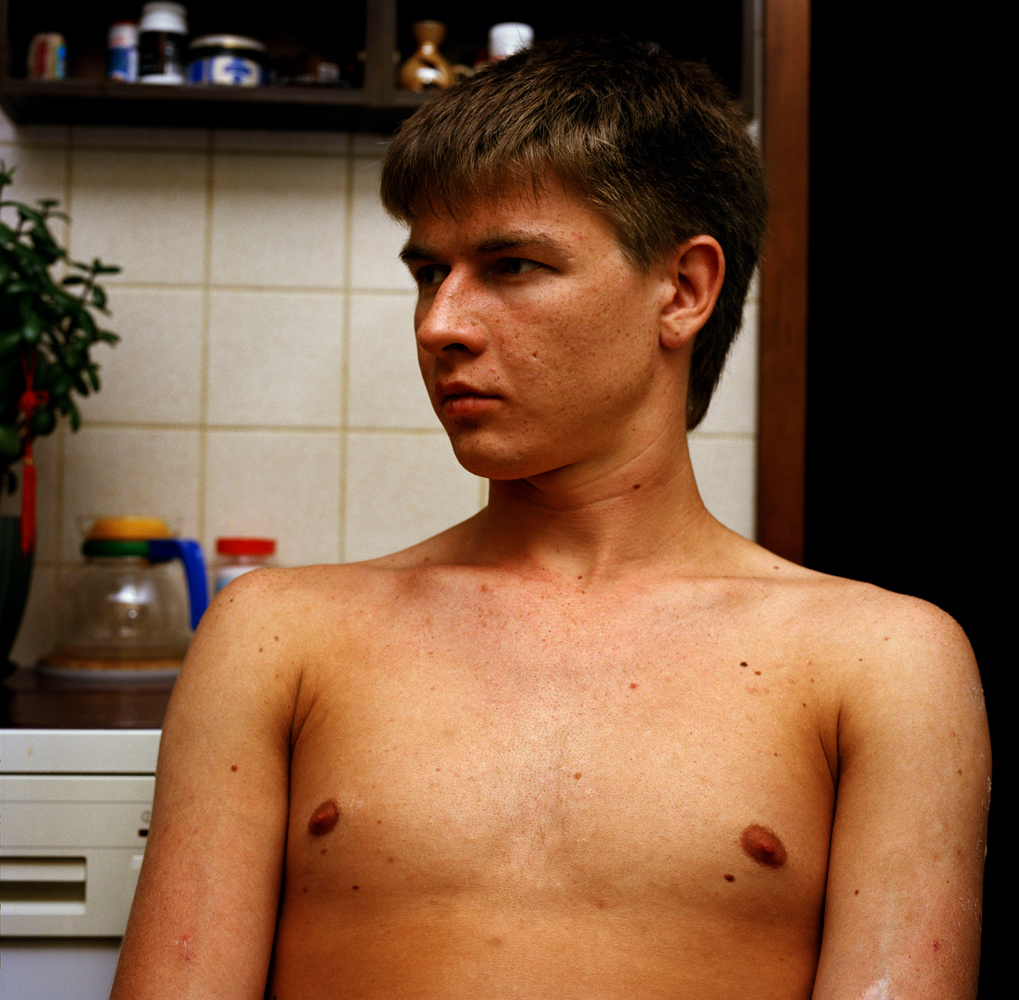
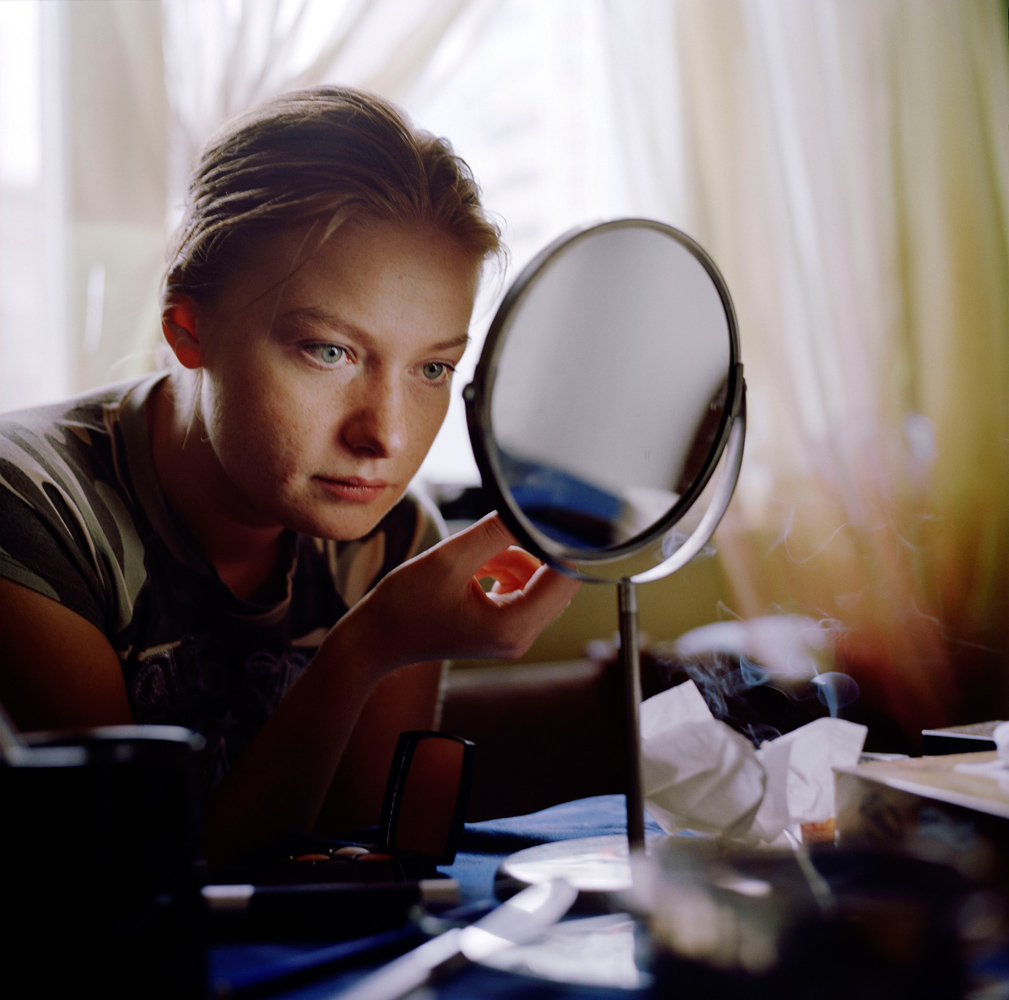
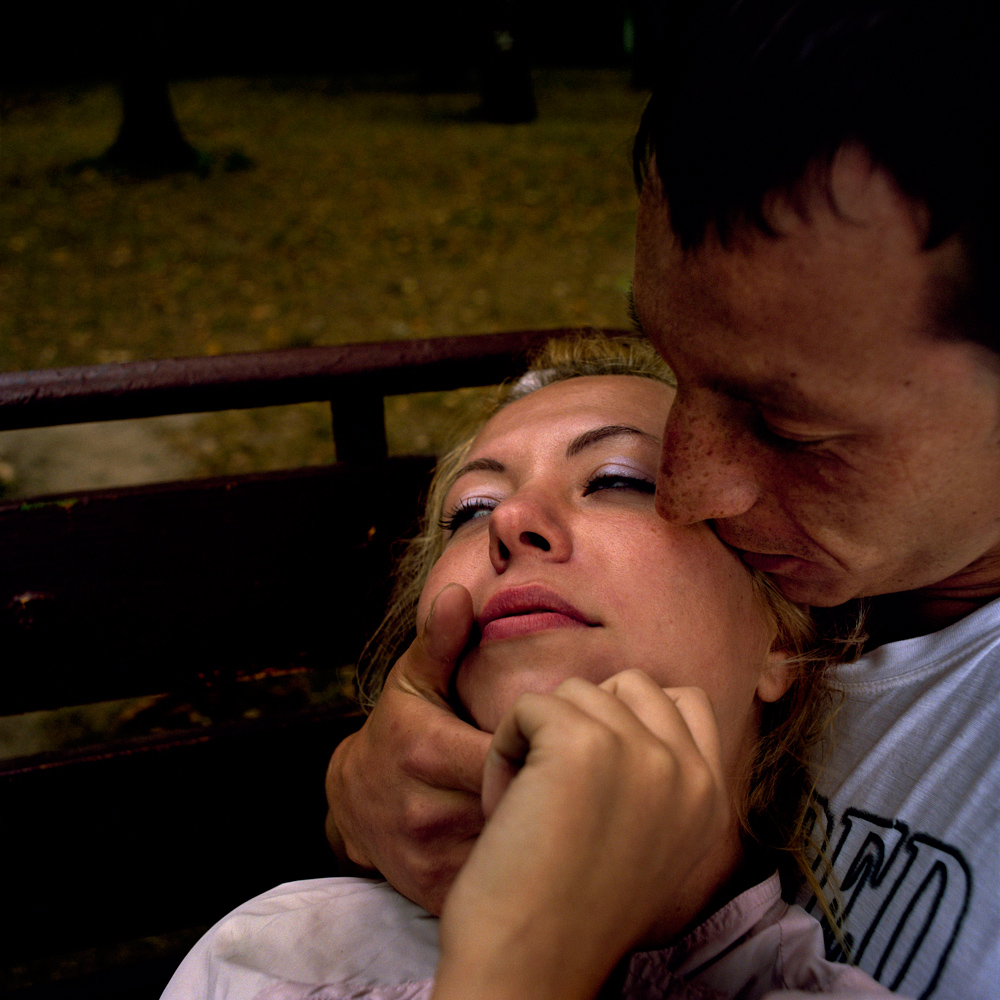
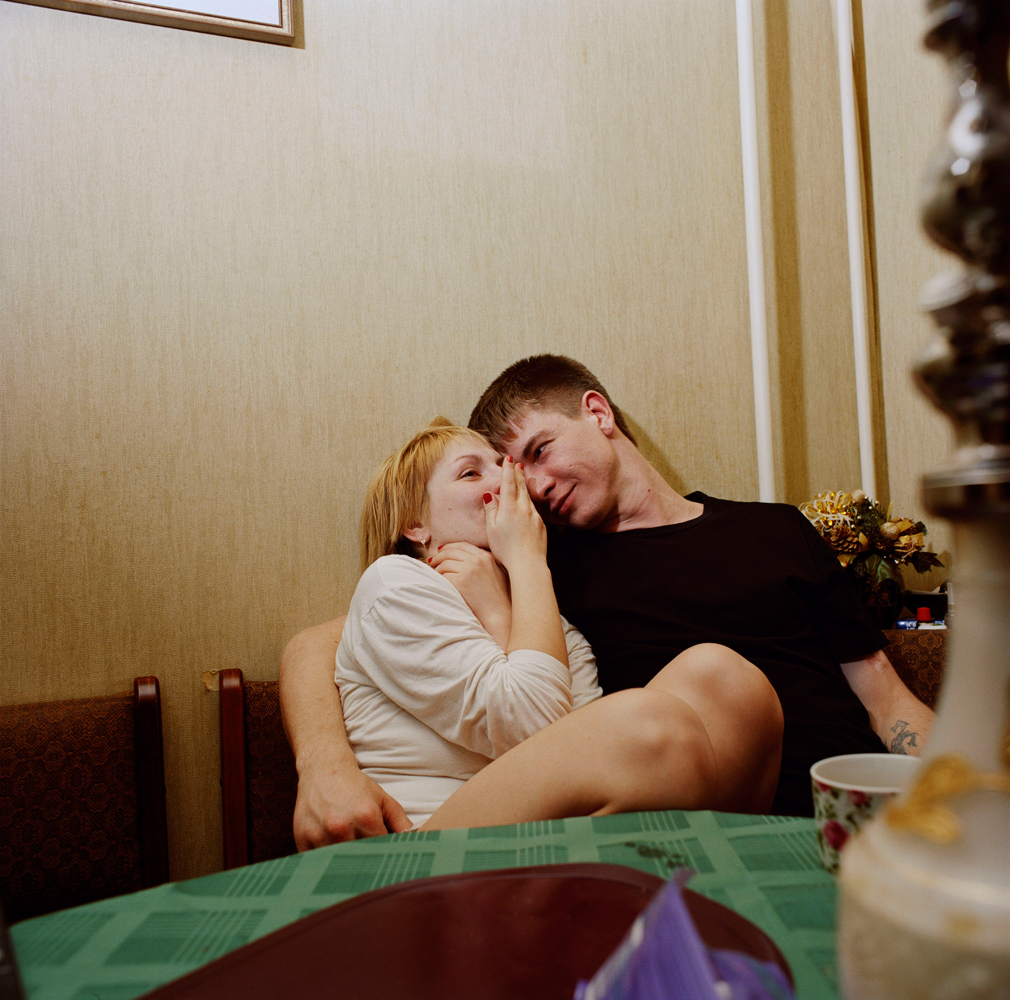

More Must-Reads from TIME
- Donald Trump Is TIME's 2024 Person of the Year
- TIME’s Top 10 Photos of 2024
- Why Gen Z Is Drinking Less
- The Best Movies About Cooking
- Why Is Anxiety Worse at Night?
- A Head-to-Toe Guide to Treating Dry Skin
- Why Street Cats Are Taking Over Urban Neighborhoods
- Column: Jimmy Carter’s Global Legacy Was Moral Clarity
Contact us at letters@time.com